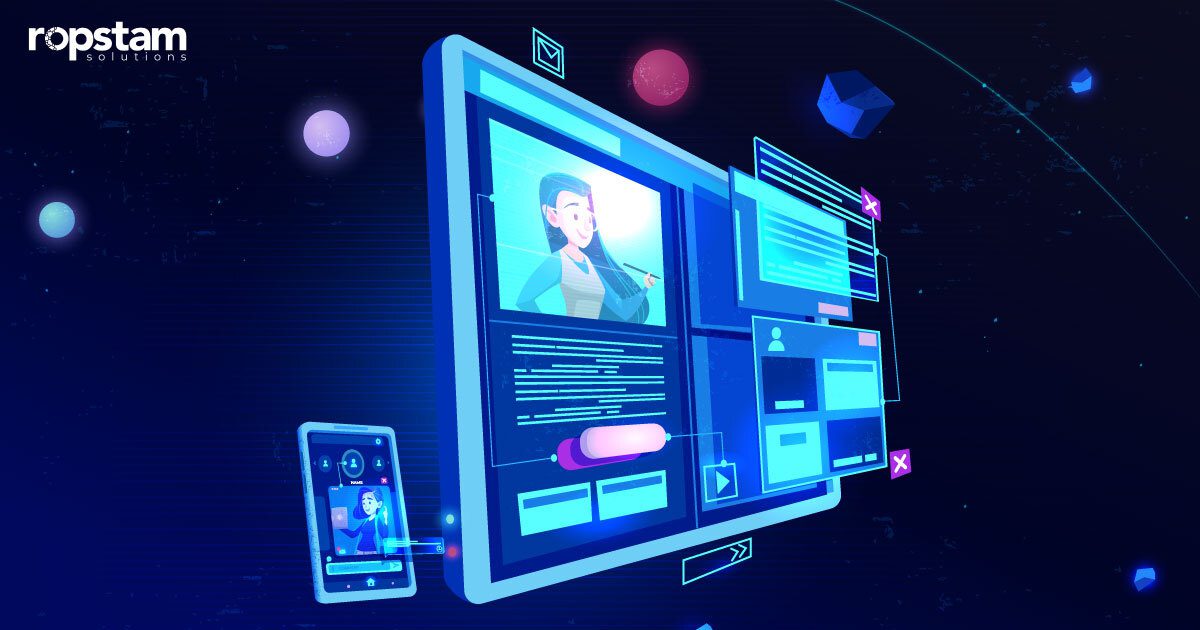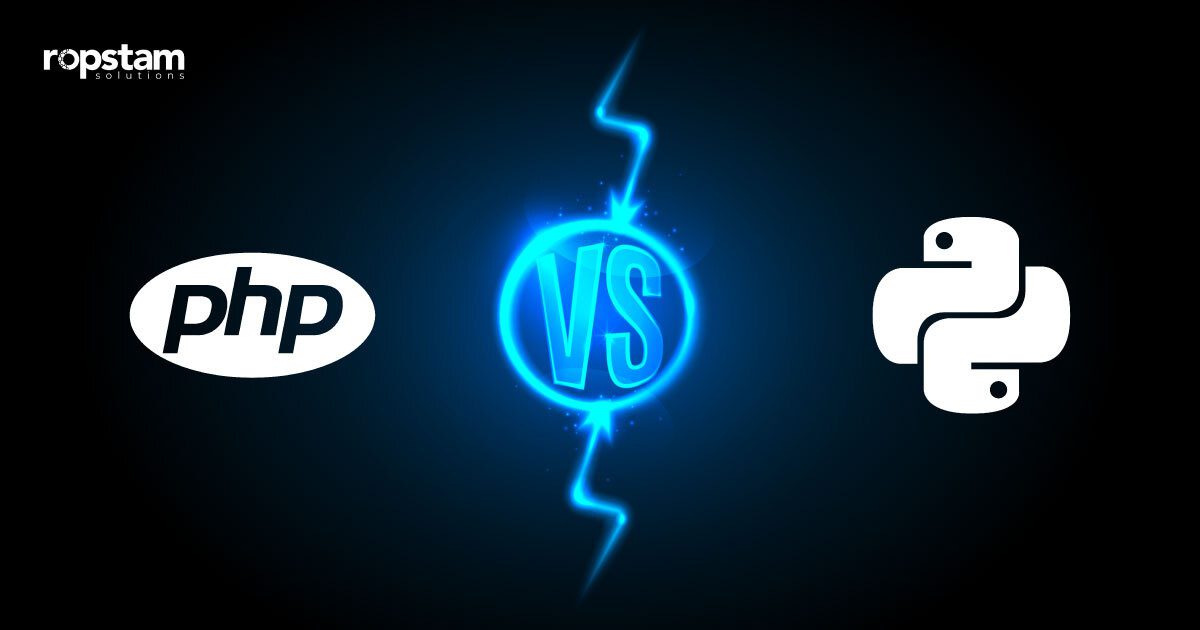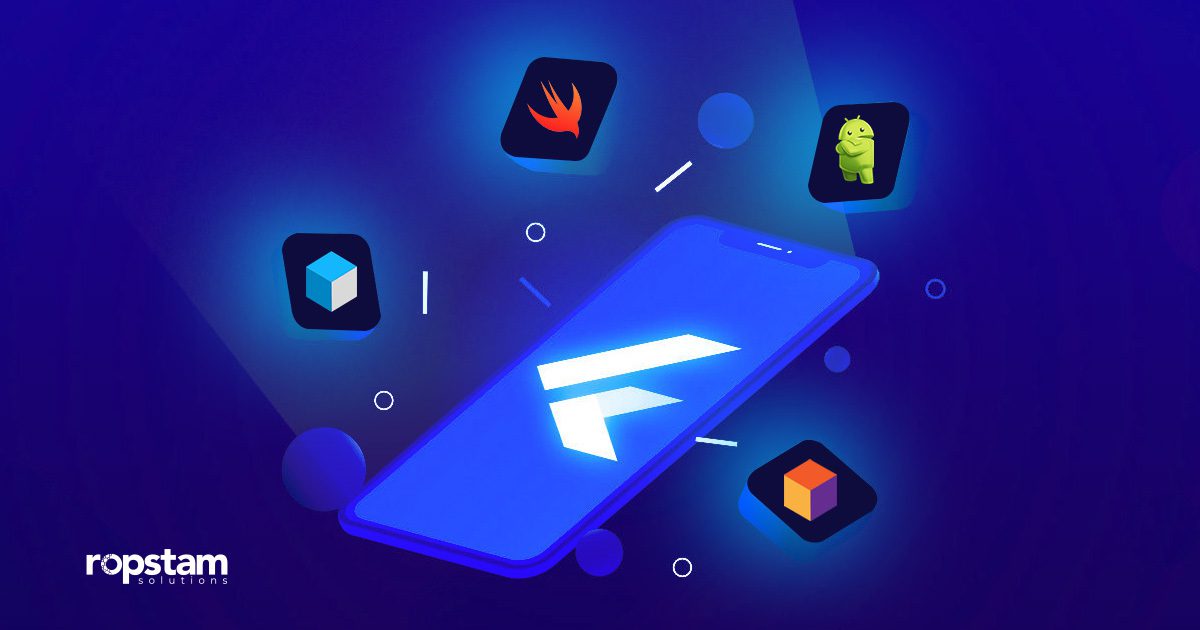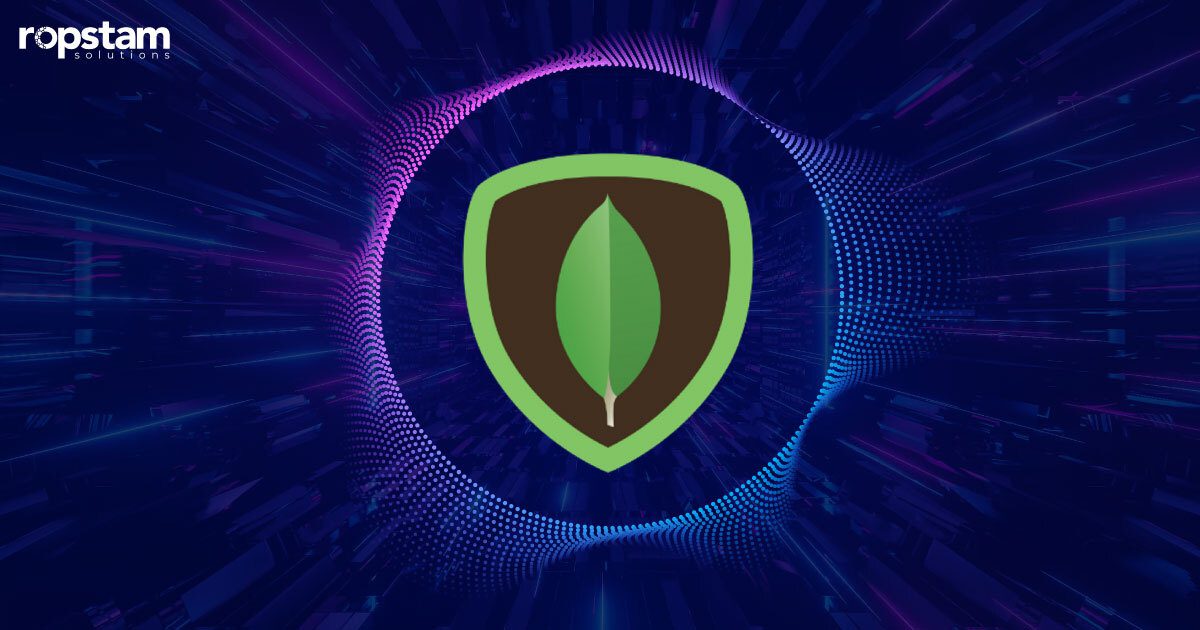Flutter is a cross-platform app development framework that has garnered immense popularity over the last few years. Since its official release, Flutter – a framework supported and maintained by Google – is being increasingly used by more and more experts to develop user-friendly and interactive mobile applications thanks to its host of advantages.
While many think it’s easier to become a Flutter developer in the modern era, learning the Dart language and becoming an expert in the field of Flutter development is no walk in the park. There will be certain scenarios when you would need to seek guidance from the growing community of Flutter developers.
To help you excel as a Flutter developer, this guide encapsulates some of the latest and most helpful practices to build top-tier and cross-platform mobile applications without a fuss.
What is Flutter App Development?
A highly popular and in-demand cross-platform mobile app development framework, Flutter has been developed by the Google Flutter development team. The main purpose of this framework is to help developers build high-performance, user-friendly, and interactive applications with a native-like feeling.
Thanks to its cross-platform nature, Flutter allows you to build visually appealing and fully functional applications that can run across multiple platforms while using a single codebase. The language that this framework is built upon is Dart – a slightly less popular but modern and equally powerful language.
In short, by leveraging the power of the Flutter app development framework, you can build interactive and multi-platform applications that can run on desktops, Android smartphones, and all the latest Apple devices without any performance or compatibility issues.
Advantages of Flutter App Development
Here are some of the key advantages of this powerful framework:
1. Large community support
Flutter’s thriving community is a testament to its popularity and effectiveness. This vast network of developers offers a wealth of resources, including tutorials, forums, and open-source packages, to assist you in your Flutter journey. If you encounter any challenges or have questions, you can easily find help and support from other developers who have faced similar issues.
The community’s active engagement and knowledge sharing contribute to Flutter’s continuous growth and improvement.
2. Cost-effective solutions
One of the most significant advantages of Flutter is its ability to create cross-platform apps with a single codebase. This eliminates the need for separate development teams for iOS and Android, resulting in significant cost savings. By leveraging Flutter’s shared codebase, you can reduce development time and expenses, allowing you to focus on building innovative and feature-rich applications.
Furthermore, Flutter’s hot reload feature enables rapid development cycles, as changes made to your code are instantly reflected in the app’s UI. This eliminates the need for lengthy rebuilds, saving you valuable time and increasing your productivity. By reducing development costs and accelerating time-to-market, this powerful framework empowers businesses to deliver high-quality apps efficiently.
3. Extensive documentation
It goes without saying that Flutter’s comprehensive and well-organized documentation is a valuable resource for developers of all levels. The official documentation covers a wide range of topics, from basic concepts to advanced features, ensuring that you have the information you need to build successful Flutter apps.
Whether you’re a beginner or an experienced developer, the documentation provides clear explanations, examples, and best practices to guide you through the development process.
4. User-friendly interface
Flutter’s declarative UI paradigm and rich widget library make it easy to create beautiful and intuitive user interfaces. The framework’s emphasis on performance and smooth animations ensures that your apps provide a delightful user experience. With Flutter, you can design visually appealing interfaces that engage users and encourage interaction.
5. Developer-friendly
The clean and concise syntax of Flutter, combined with its powerful tools and features, makes it a developer-friendly framework. The hot reload feature allows you to see changes instantly, improving your productivity and enabling rapid iteration. Additionally, Flutter’s architecture is designed to be scalable and maintainable, making it suitable for large-scale projects.
Moreover, The framework’s focus on developer experience ensures that you can build high-quality apps efficiently and enjoy the development process.
6. App state perseveration
Flutter’s state management mechanisms, such as StatefulWidget and Provider, allow you to effectively manage the state of your app. This ensures that your app’s UI remains consistent and responsive, even as data changes. App state preservation is essential for creating seamless user experiences and preventing unexpected behavior. By effectively managing the app state, you can build robust and reliable Flutter apps that provide a positive user experience.
How to Optimize Flutter app development
If you are looking for tips and tricks to optimize your Flutter app development process, you have come to the right place:
1. Become an expert in the Dart language
Dart is the programming language that powers Flutter app development. Mastering Dart is essential for writing efficient and maintainable Flutter code. Familiarize yourself with Dart’s syntax, object-oriented programming concepts, and asynchronous programming features. A strong understanding of Dart will enable you to write clean, concise, and performant Flutter apps.
2. Leverage IDE shortcuts
Your Integrated Development Environment (IDE) offers a plethora of shortcuts to streamline your development process. Learning and using these shortcuts can significantly improve your productivity. For example, quickly formatting code, navigating between files, and generating boilerplate code can save you valuable time. Take the time to explore your IDE’s shortcut options and customize them to your preferences.
3. Learn all about state management
State management is a crucial aspect of Flutter app development. Understanding how to effectively manage state in your Flutter apps will help you create more complex and dynamic user interfaces. Explore different state management techniques such as StatefulWidget, Provider, Riverpod, and BLoC.
All in all, as a Flutter developer, you must choose the approach that best suits your project’s requirements and your personal preferences.
4. Break code into smaller widgets
Keep in mind that Flutter encourages a widget-based approach to building user interfaces. Breaking your code into smaller, reusable widgets can make your codebase more modular, easier to maintain, and easier to test. By following the widget-based paradigm, you can create cleaner and more organized Flutter apps.
5. Utilize different packages
Flutter’s ecosystem is rich with packages that can enhance your development process and add new functionalities to your apps. Explore the available packages on platforms like pub.dev to find solutions for common tasks such as network requests, data persistence, and UI customization. Utilizing packages can save you time and effort, allowing you to focus on building the core features of your app.
Summary
As a cross-platform app development framework, Flutter is the preferred choice for countless mobile developers to build interactive, user-friendly applications. This blog underlined some of the key approaches that you can follow to enhance your app development process as a Flutter developer.














